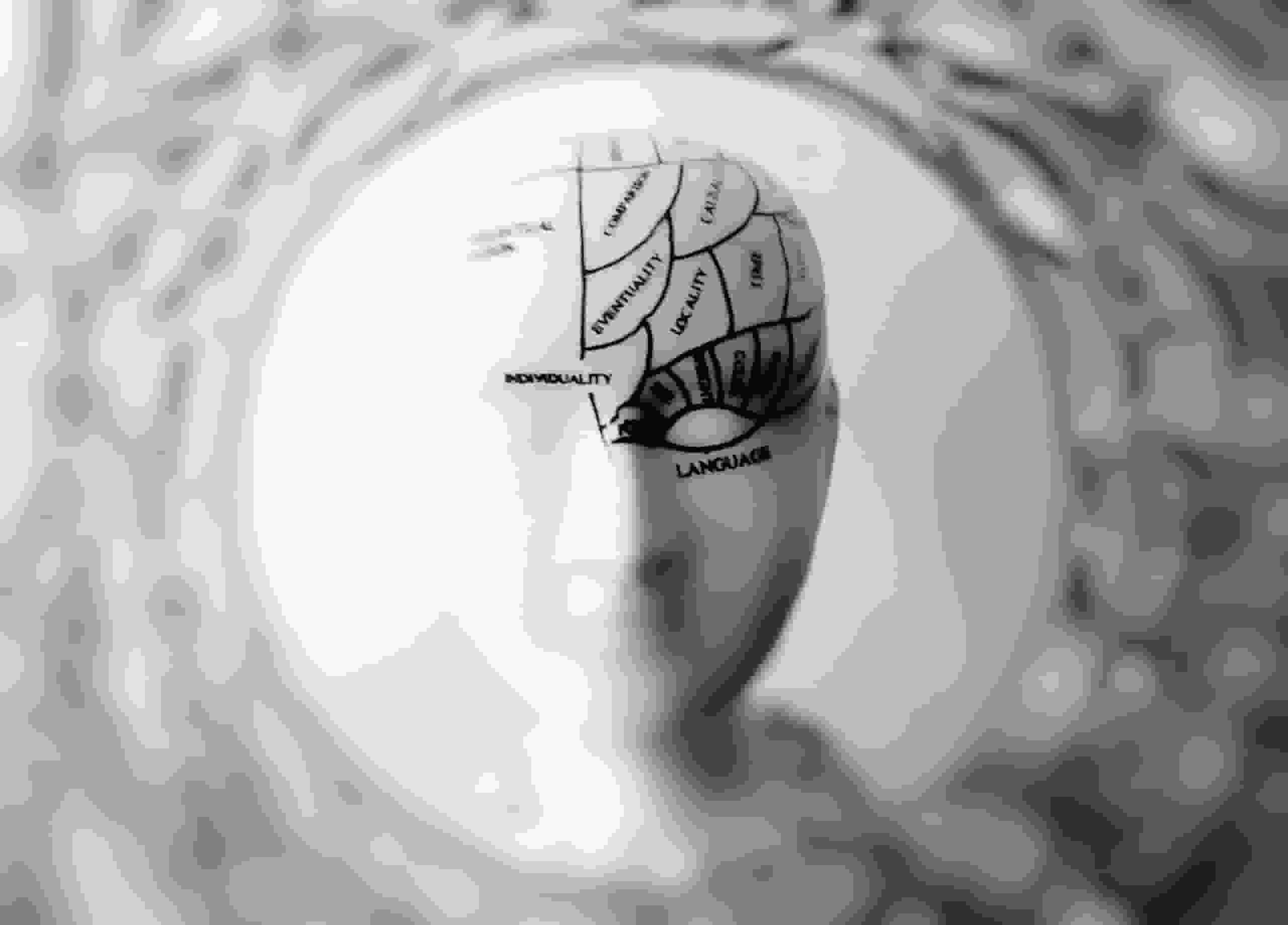
According to specialists, the earliest sign of Parkinson’s disease may not be the classic muscle rigidity, tremors, and balance issues.
Rytis Maskeliunas, a Lithuanian researcher from Kaunas University of Technology (KTU), and colleagues from the Lithuanian University of Health Sciences (LSMU) attempted to identify early indications of Parkinson’s disease using voice data.
First Sign of Parkinson’s Before Tremors Or Muscle Stiffness
Parkinson’s disease is typically characterized by a loss of motor function, such as hand tremors, muscle rigidity, or balance issues. Maskeliunas, a researcher at KTU’s Department of Multimedia Engineering, believes that as motor activity declines, so does the function of the vocal cords, diaphragm, and lungs: “Changes in speech often occur even earlier than motor function disorders, which is why the altered speech may be the first sign of the disease.”
According to Professor Virgilijus Ulozas of the LSMU Faculty of Medicine’s Department of Ear, Nose, and Throat, patients with early-stage Parkinson’s disease may speak in a quieter manner, which can also be monotonous, less expressive, slower, and more fragmented, and this is very difficult to notice by ear. Hoarseness, stuttering, slurred word pronunciation, and absence of pauses between sentences may become more noticeable as the condition develops.
Taking these signs into consideration, a collaborative team of Lithuanian researchers created a technique to diagnose the disease sooner.
According to him, the link between Parkinson’s disease and speech disorders is not new in the realm of digital signal analysis; it has been known and explored since the 1960s. However, as technology progresses, it is becoming possible to extract more information from speech.
In their investigation, the researchers used artificial intelligence (AI) to analyze and interpret voice signals, with computations and diagnoses completed in seconds rather than hours. This work is especially unusual in that the results are adapted to the idiosyncrasies of the Lithuanian language, thereby expanding the AI language database.
Speaking about the study’s success, Kipras Pribuiis, lecturer at the Department of Ear, Nose, and Throat at the LSMU Faculty of Medicine, emphasizes that it was exclusively conducted on Parkinson’s patients: “So far, our approach is able to distinguish Parkinson’s from healthy people using a speech sample. This algorithm is also more accurate than previously proposed.”
A microphone was utilized to capture the speech of healthy and Parkinson’s patients in a soundproof booth, and an artificial intelligence program was “trained” to do signal processing by evaluating these recordings. The researchers emphasize that the algorithm does not require sophisticated hardware and might eventually be converted to a smartphone app.
Read more: VEXAS syndrome: Newly identified inflammatory disease may affect thousands of Americans
What is Parkinson’s Disease?

According to the researcher, the next steps will be to increase the number of patients in order to collect more data and to see whether the proposed algorithm is superior to alternative approaches used for early Parkinson’s diagnosis. Furthermore, it will be important to test the algorithm not just in laboratory-like surroundings, but also in the doctor’s office or the patient’s home.
Parkinson’s disease affects one out of every 500 people, including around one million Americans. It causes muscle stiffness, slowness of movement, tremors, sleep disturbance, chronic fatigue, and lower quality of life, and can result in severe impairment.
It is a degenerative neurological disorder in which cells in the portion of the brain that governs movement are destroyed. Sufferers are reported to have low dopamine levels since the nerve cells that produce it have died.
There is presently no treatment or way to stop the disease’s progression, but hundreds of research trials are underway to try to change that.
Read more: Tax Return: How to find out if IRS still owe you money?

